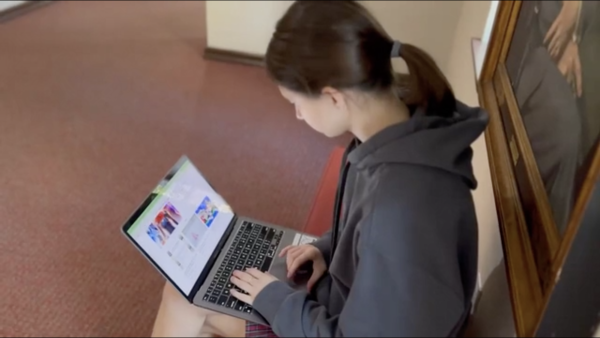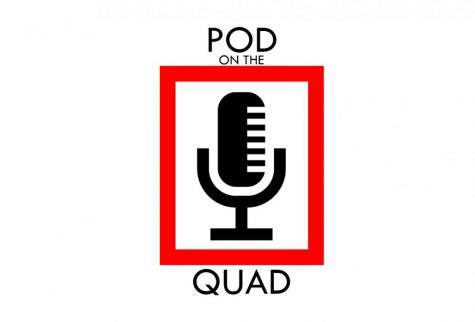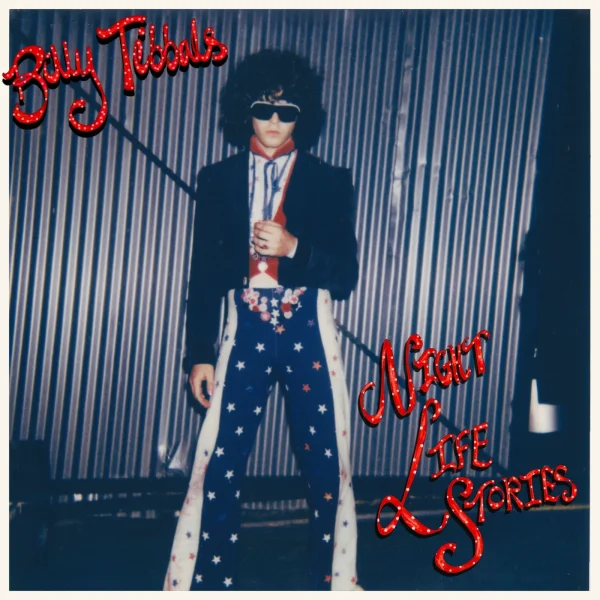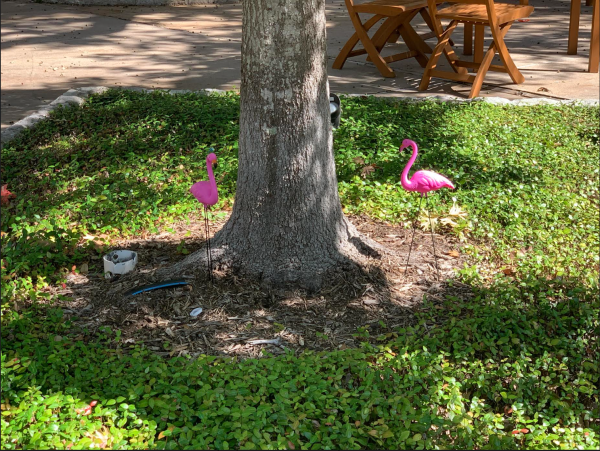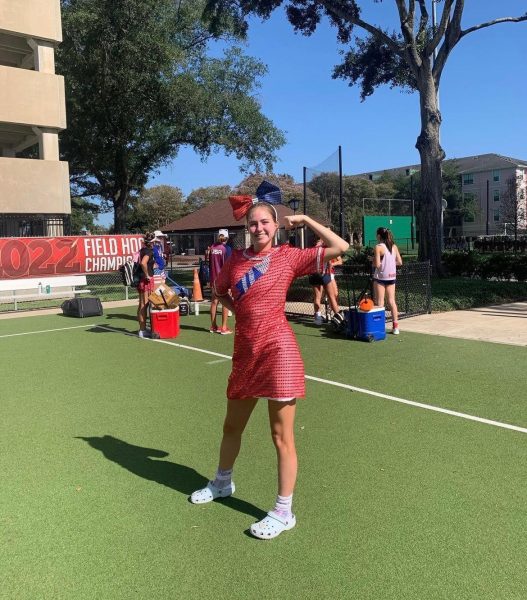Security personnel serve as first responders
Firefighter Shelby Powell was called in on Sunday, Aug. 27 in the midst of Hurricane Harvey’s historic rainfall. Navigating the rapidly flooding roads to get to work, his 30-minute commute stretched into eight hours.
Like many other St. John’s security personnel, Powell is a first responder who works at St. John’s as a side job to supplement his income. While most people streamed out of the city under evacuation orders or readied their homes and families for the hurricane, first responders headed directly into the storm.
“A lot of us wanted to show up earlier,” said Richard Still Jr., another firefighter and security guard at St. John’s. “Some of us younger guys have seen the devastation that happened during Allison, and we’ve seen firsthand during the 2016 Tax Day flood the massive amount of manpower that is necessary to take on a situation such as the hurricane and all the flooding.”
First responders were inundated with rescue calls and medical emergencies. Flooding restricted access to hospitals and to those in need of help. Ambulances and fire trucks could not pass through more than a couple feet of water, so most water rescues had to be done with boats and high-water rescue vehicles.
“Usually our response time is around five minutes, but it took us around 20 minutes to get there because of the flood,” said Still, who manned an ambulance. “To get so close but to not be able to get there, over and over, was heartbreaking and frustrating.”
When Still did reach a patient, providing medical help was a whole other challenge: there was only one hospital in Still’s area that was open to new patients, Methodist Hospital in Willowbrook.
Police officer Justin Chase was tasked with maintaining order under unusual circumstances. After waking up at 3:00 a.m. on Aug. 27 to go to work, he was assigned to the George R. Brown Convention Center.
“The unfortunate part is that I was in a patrol car, and they didn’t allow us to go do rescues,” Chase said. “We just assisted wherever we could to try and catch the bad guys.”
Chase caught a couple of looters who were trying to break into a pawn shop, but he couldn’t arrest them because the jail was flooded, so he issued warrants for their arrest when the prison was operating normally again.
Due to the volume of emergency calls, first responders were still fielding calls days after the flooding receded. It often took a couple of days for the calls to even pop up on the line.
Chase couldn’t reach his family by phone and was stranded at work for four days.
“Not knowing how your house is, how your wife is, or what’s going on in the family—that’s the hard part,” he said.
St. John’s aided first responders who were cut off from their families and supplies by offering shelter and basic necessities to first responders during the storm. According to Chase, officers who couldn’t get home often had to sleep in their cars or find alternate shelter.
“St. John’s helped a lot of officers who went over there when they couldn’t find food or shelter for a couple of days,” Chase said.
Even after the storm blew over, first responders had to deal with damage in their own homes. Still has a leaky roof to fix, and a few officers kept sleeping at St. John’s days after the storm because they had nowhere else to go.
“A lot of my coworkers are going out and helping their friends and loved ones rebuild,” Still said. “I know a lot of firefighters had their own homes destroyed, vehicles destroyed. Right now it’s all about quickly getting back to normal.”
All the SJS first responders noted the outpouring of support from the Houston community during the nation mitigated the dire situation. Still met people from all over, even a couple of men from New York who drove down with their boats to participate in the rescue efforts.
“It was inspiring to see Texans helping Texans, seeing police departments and even fire departments all over the nation coming to help out without being asked,” Chase said. “Houston really stepped up to show what it means to be a Texan.”

Iris is a co-Editor-in-Chief, and this is her fourth year on The Review. Iris once notoriously ate 80 packs of Welch's fruit snacks (does not recommend...



